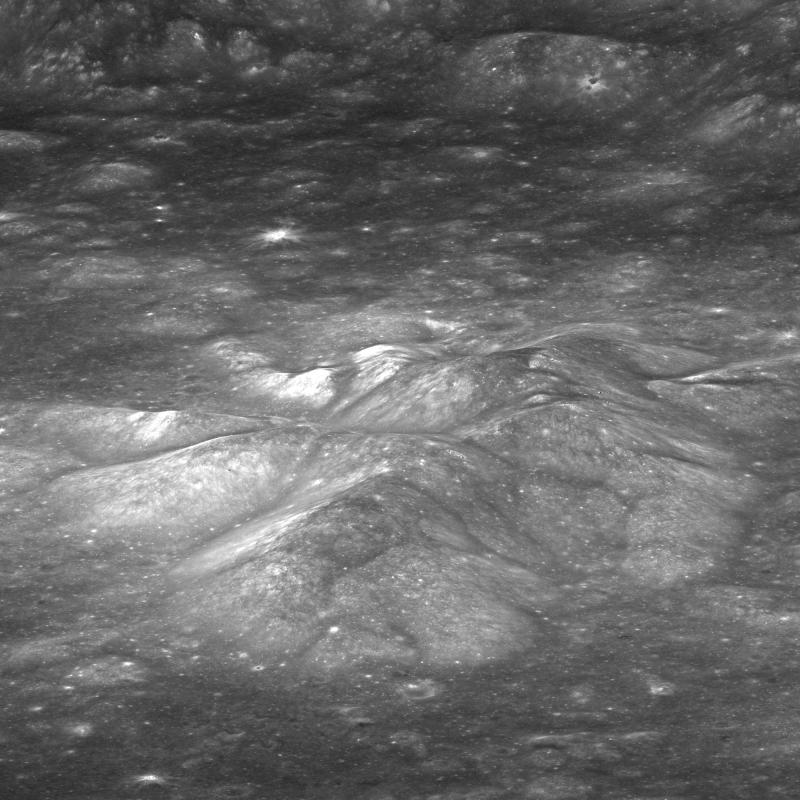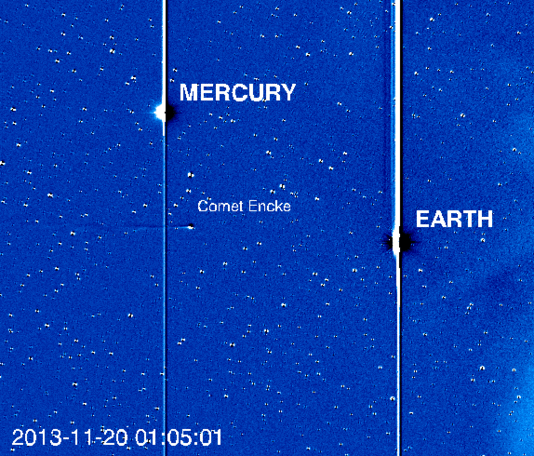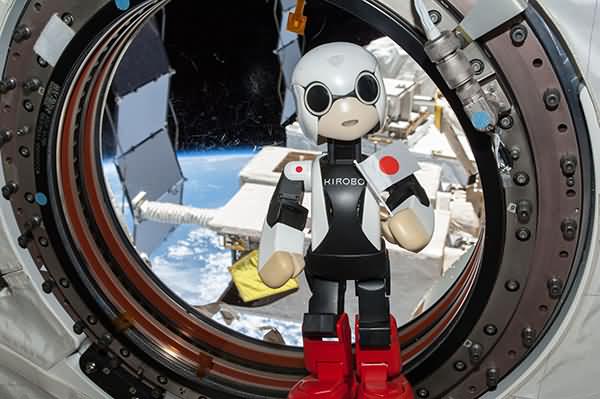The Universe Is Big, But How Big? The Observable and Unobservable Universe
Throughout history, humanity has looked up at the sky and wondered. What was up there? What was it like? How did it come into being? How big was it? Did it stretch on forever? These questions have always been asked, and almost all of them have been answered. The universe, initially thought to be infinite and static, has been learned through new discoveries that it is not infinite and static. And in astronomy, the unit of measurement, km, which seems large to us, is so small that new terms were created. First, the AU (astronomical unit), the distance between the Sun and Earth, was created: 150,000,000 km. Not small. But even that wasn't enough. When that wasn't enough, the light-year was created. From this point on, the distances described are beyond your imagination. Truly beyond. It's almost impossible to visualize. Get ready.
The highest speed in the universe is the speed of light.
- Light has a speed of 300,000 km per second.
- A light-year is the distance light travels in one year. In one year, it travels 9.5 trillion kilometers.
Now that we know these, we can list other things with the speed of light.
- AU (Astronomical unit) 150,000,000 km. Or 8.3 light-minutes. The average distance between the Sun and the Earth.
- We would get from London to New York in 18 milliseconds.
- It takes us 0.13 seconds to circle the Earth's equator from beginning to end.
- We can go to the farthest planet from the sun in 4.5 hours.
- It takes us 0.8 years to reach the Oort cloud. (The Oort cloud is the farthest point of the solar system.)
- It would take us 3,900 years to reach the star VY Canis Majoris.
- It may take us 6,500 years to reach the Crab Nebula.
- It would take us 100,000 years to cross the Milky Way from one end to the other.
- Our journey to the Andromeda galaxy, the closest galaxy to us, takes 2.5 million light-years. (I think you should stop dreaming here; some people stop dreaming earlier—or should I say most?)
- We can reach the Fornax galaxy cluster in 60 million light-years.
- It would take us 45 billion light-years to reach the edge of the observable universe.
Now, you might be wondering what's happening in the observable universe. Let me explain.

The universe is thought to be made up of 73 percent dark energy – which also causes the universe to expand – 23 percent dark matter, 3.6 percent intergalactic dust, and the remaining tiny 0.4 percent stars and other things.
The speed of light is an incredible speed, but considering the size of the universe, it's not very fast. The oldest light we can detect is 13.78 billion years old. So, the further we look, the further back in time we actually see. But the thing is, the farther away an object is from us, the faster it's receding from us. In fact, many are even faster than the speed of light. How? You were going to say the fastest speed was the speed of light, right?
Now, after the Big Bang (not the explosion, that's just the name; the theory is that the universe suddenly began expanding from a tiny point), according to inflation, it expanded even faster than the speed of light. For a while, of course. The oldest light that reached us traveled 13.78 billion years ago. But this doesn't determine its distance. It indicates how long it took to reach us. Because the universe is expanding, light travels a longer distance than it actually should, as it reaches us. By some calculations, if we position the Earth at the center, a sphere with a radius of 45 billion light-years (which I'm using as distance here) forms. In other words, a sphere with a diameter of 90 billion light-years. But this observable universe only makes up %5 of the actual universe. Why? Because the objects outside this sphere are receding from us faster than the speed of light, their light will never reach us. For example, a light appeared 50 billion light-years away. The initial distance, 50 billion light-years, is gradually increasing with the expansion of the universe. Therefore, it never reaches us. There's something else going on. The light may not have reached us yet. In other words, there may be light that will reach us in 20 billion years, but the universe is only 13.78 billion years old.
Now let's clarify another point. If the speed of light is the maximum speed, how can objects that are so far away from us move faster? Imagine a balloon in your hand. Let's call it the universe. The Earth isn't in the middle, but somewhere on the edges. When we inflate the balloon, those closer to us will move away slowly. But those on the other side of the balloon, farther away from us, will move away faster than the speed of light. They're not actually moving faster than the speed of light, but they are moving away faster due to the expansion of the universe. I hope I made my point.
I saw a question posed somewhere: If we placed a mirror 45 billion light-years away and pointed it at Earth so we could see it, could we observe the unobservable universe? The person who answered was being rather silly, but I'll write my own answer. (Correct me if I'm wrong, leave a comment.)
If there were a mirror at that distance (we can't put it there, we're assuming it exists), for example, light originating from 46 billion light-years away hit the mirror and was directed at us. That's where the problem begins. It takes 1 billion years to reach the mirror. It will take 45 billion years to reach us. I'm not even taking into account the expansion of the universe. The fact that it took this long to reach us shows that this wouldn't work. Considering the expansion of the universe, the probability of it never reaching us is quite high. Isn't that interesting?
If you have any questions, leave a comment. I'll try to answer them, or if I can't, I'll have someone who knows better than me answer them :)









